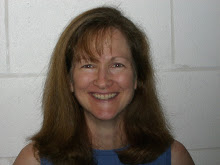Part One Avoiding Moisture Problems
science and use diagnostic tools to anticipate
problems. Field technicians need to be empowered
to apply the proper materials correctly.
tend to appear in attics during the winter, it is vital
that insulation is combined with meticulous attic air
sealing. The insulation is not the problem and attic
ventilation is not necessarily the solution. While a
certain amount of attic ventilation is required,
additional venting may make a moisture problem
worse. Dense cold air may enter the vents and cool
the attic surfaces below the dew point of the indoor
air.
space is not adequately sealed, roof vents may even
contribute to greater stack effect.


2 Comments:
This comment has been removed by a blog administrator.
This comment has been removed by a blog administrator.
Post a Comment
Subscribe to Post Comments [Atom]
<< Home